Ukraine is fighting on T-64BV tanks: what is the armor of these vehicles
In one of the previous materials, we have already considered the composition of the booking of Czechoslovak and Polish tanks T-72M/M1 transferred to Ukraine. However, despite the import of equipment and heavy losses, the T-64BV, produced in the USSR, continues to be the qualitative basis of the armored formations of the Armed Forces of Ukraine. These vehicles have an automatic fire control system, tolerable armor and hinged dynamic protection. About what their armor consists of and what it is capable of, we will talk in this article.
The first "combined"
It's no secret that the Soviet Union became the first country in the world to use combined armor in the mass production of tanks, consisting of metal and non-metal elements. The transition to such a scheme was due to the rapid growth in the penetration ability of armor-piercing sub-caliber and cumulative projectiles and, in particular, the widespread use of the 105-mm L7 rifled gun in NATO countries.
The first tank to receive combined armor was the Kharkov T-64, which for a long time was considered the embodiment of advanced design ideas and really surpassed its "classmates" from the West. However, being the first-born of a new generation of Soviet combat vehicles, this tank relatively quickly lost relevance in terms of armor parameters.
By the mid-80s, the T-64, having been repeatedly upgraded, began to yield to the T-72 and T-80 in terms of protection. Indeed, the ceramic-filled turret, which was virtually unchanged on all modifications, and the fiberglass hull armor scheme had already reached their limit and could not provide adequate resistance to anti-tank weapons, especially cumulative ones. Nevertheless, in 1985, the T-64BV was adopted, which became the last argument of the entire series of "sixty-fours" and could still somehow compete with the Leningrad and Tagil tanks.
From open sources it is known that after the collapse of the USSR, Ukraine got about 2 T-300 tanks, of which there were 64 T-64BV units. And this is not counting the newly produced in the post-Soviet era. Today, these outdated vehicles are considered one of the most combat-ready in the Ukrainian army.
Turret armor composition
Even from the very beginning of mass production, which started in 1964, there were some disputes with the T-64 turrets. According to the initial ideas, they were not supposed to contain any non-metallic elements at all, so the cars of the first releases received a tower, in the “cheekbones” of which there were inserts of high hardness steel. However, due to problems with survivability during shelling, technological nuances and increased mass, they were subsequently abandoned.
The second common option was a tower with inserts made of ductile aluminum alloy. With a total thickness of up to 600 mm, it provided protection in steel equivalent at the level of 400 mm from sub-caliber and 450 mm from HEAT shells.
The sixty-four turret acquired its final form on the later T-64A series and remained practically unchanged, with the exception of some modifications, on all subsequent modifications - the T-64B and T-64BV.
Its main differences from previous models were the reduced thickness of the frontal part to 450 mm and ceramic inserts based on aluminum oxide, also known as corundum. For the production of armor, aluminum ceramics were sintered into spherical shapes of relatively small diameter. Then these corundum balls, wrapped with thick metal wire, were placed in special niches in the "cheekbones" of the tower and filled with armored steel.

How turret armor works
The main advantage of ceramics, as a protective element, was increased anti-cumulative resistance, and its highest hardness faded into the background, yielding to its "energy" properties. The fact is that at the moment of impact of the cumulative jet on the corundum ball (block), the ceramics begins to actively crumble and shrink from the shock wave. As soon as the cumulative jet moves a little further, the pressure behind it subsides and the ceramic sand, releasing the compression energy, falls into the channel of the hole and fills up the jet, tearing it apart. Thus, its penetration ability is significantly reduced.
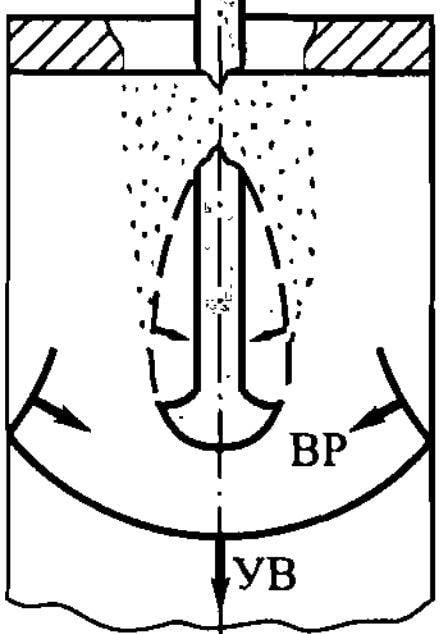

In practice, the corundum turret T-64BV gives resistance to HEAT rounds in the region of 450 mm. This may not sound like much, but given that the aluminum turret described above provided the same durability and was 150mm thicker, the weight gain is clear.
As for the feathered sub-caliber shells, the T-64 ceramics do not particularly work against them, although they make some contribution due to their hardness. The basis of protection against these anti-tank weapons is the steel mass of the tower, so the equivalent of them is approximately similar to that of the "cumulatives" and is 450 mm.
However, in addition to passive armor, the T-64BV turret is equipped with Kontakt-1 hinged dynamic protection units. It is effective only against single-block cumulative weapons and, according to the open data of the Research Institute of Steel, gives the equivalent of 300–350 mm against grenades and missiles, as well as about 200–250 mm against cumulative artillery shells.
As a result, we have the following: on the turret, the T-64BV tank, depending on the angle of fire and the type of projectile, provides protection against cumulative weapons equivalent to 650-800 mm and an average of 450 mm from sub-caliber projectiles.
Hull armor composition
With the armor of the frontal part of the hull, in contrast to the towers, the "sixty-four" was somewhat more stable. Starting with the "antediluvian" T-64s, produced since 1964 and armed with a 115-mm smoothbore gun, a rather simple armor scheme was used for the upper frontal part of the hull, consisting of an external 80-mm steel sheet, two sheets of armored fiberglass with a total thickness of 105 mm in the middle and back 20 mm steel sheet.
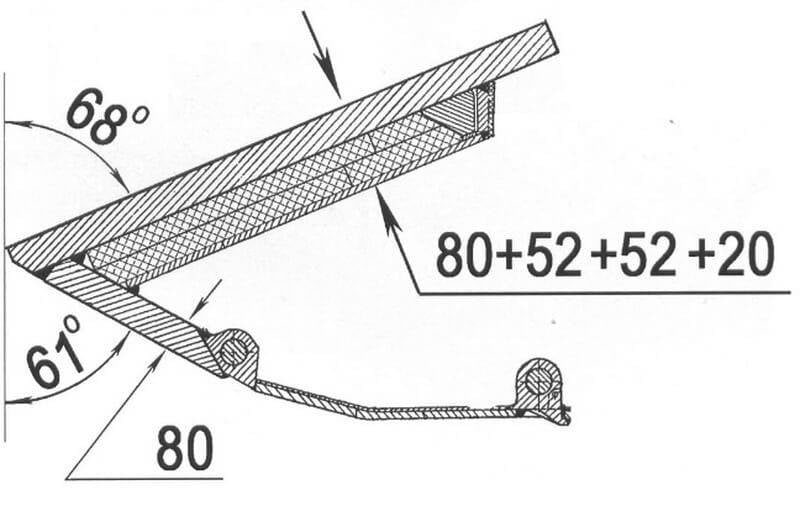
This "layer cake" gave protection that was equivalent to 333 mm against armor-piercing sub-caliber projectiles and about 450 mm against HEAT weapons. It was quite enough to provide acceptable resistance to shells from the 105-mm NATO L7 gun. However, by the beginning of the 80s, this level of booking was already considered minimal and inconsistent with modern realities.
On the T-64BV tanks and the latest T-64B series, a new protection scheme was applied. This time - five layers. It consisted of: 60 mm steel outer sheet + 35 mm fiberglass sheet + 30 mm steel sheet + 35 mm fiberglass sheet + 45 mm steel back sheet.
The principle of operation of the hull armor
The principle of operation of this five-layer barrier is based both on the difference in density and hardness of materials (steel is denser and harder than textolite), and on some properties of fiberglass.
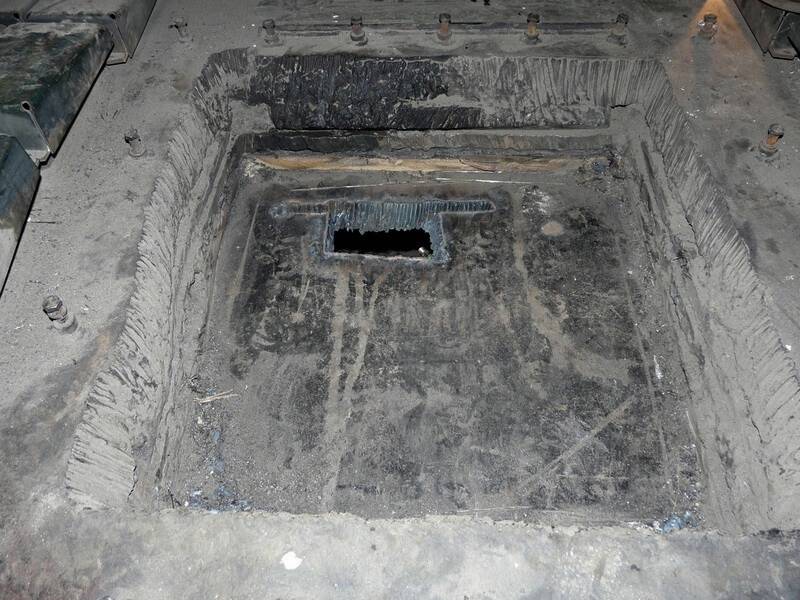
The cumulative jet, having broken through the outer steel sheet, enters the less dense medium of the textolite, where, without encountering strong resistance, it begins to stretch and break more strongly. Then on its way there is another steel sheet and a textolite layer behind it, where the situation repeats itself. The fragments of the jet in the final section of penetration are broken against the rear steel armor plate.
In addition, a secondary factor in the impact of fiberglass is its tendency to form small and large fragments that fill up the channel of the hole and break the cumulative jet.
Five-layer armor reacts differently to sub-caliber projectiles, depending on their type. Thus, shells with long cores based on ductile heavy uranium and tungsten alloys overcome it relatively easily. But shorter drummers, especially those made of hard tungsten alloys, “suffer” the most.
The mechanism of operation of the frontal armor of the T-64BV hull against sub-caliber projectiles is based on two principles: the angle of inclination and the difference in hardness and density.
At the moment of impact on the outer steel sheet, the solid core of the projectile receives initial damage, since the speed of propagation of cracks in tungsten alloys is more than 2 km / s, which exceeds the initial velocity of the projectile. Further, the core, having penetrated into the steel layer, begins to experience denormalization - lifting its nose up towards the parallel with the armor.
With a slightly curved trajectory and cracks propagating in it, the core enters a less dense textolite layer, where the curvature is somewhat enhanced. In the same place, in the textolite, the initial destruction of the core also appears. The fact is that the walls of the hole keep the core in the steel layer from scattering into pieces. In a less dense textolite, the pressure on it decreases, and it begins to crumble.
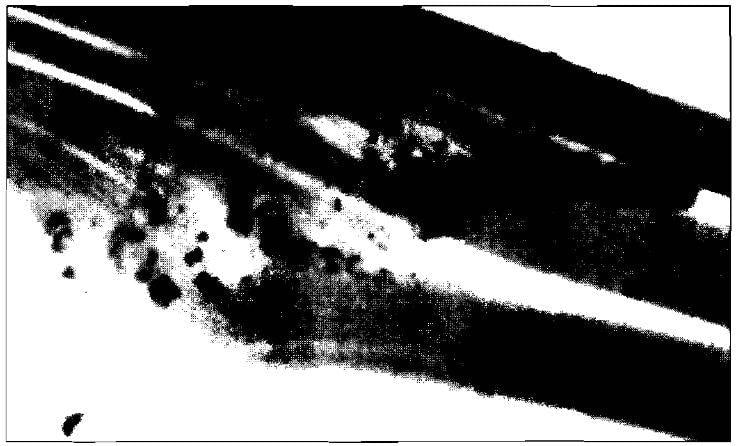
This is followed by a second, less thick steel layer, where the broken core receives additional damage. After overcoming it, the destroyed core penetrates into the next textolite sheet and, ultimately, is retained by the rear steel sheet.
As a result, the resistance of the upper frontal part of the hull can be defined on average as 500 mm (plus or minus 20-30 mm) from HEAT and sub-caliber projectiles.
Taking into account the fact that the hull, like the turret, is equipped with the Kontakt-1 hinged dynamic protection, the final equivalent will be about 500 mm from sub-caliber projectiles and 700-850 mm from HEAT anti-tank weapons.
Conclusion
First of all, it is necessary to answer the question that, perhaps, worries many readers: why is only the frontal armor of the tank considered? Everything is quite simple. The fact is that any modern or already rather outdated main battle tank is far from being protected equally in different projections. According to the laws of differentiated booking, the greatest protection should be provided precisely in the frontal parts. There, the T-64 has the main array of armor. And the sides, stern or roof are secondary places that, with a direct shot, cannot withstand the hit of a single anti-tank weapon (unless by a lucky chance).
Now for the tank.
Back in the mid-80s, when such tanks as the T-72B and T-80U appeared, the Kharkov T-64BV was inferior to them in passive armor, especially anti-cumulative. To date, as part of a special military operation, this tank has already completely eliminated its competitors from the Russian tanks T-72B3, T-80BVM and T-90M, equipped with dynamic protection "Kontakt-5" and "Relic".
However, the "sixty-four" should not be completely discounted, since its forehead is quite well protected from many anti-tank grenade launchers and most artillery cumulative projectiles, due to the hinged dynamic protection. Nevertheless, for tank sub-caliber shells of the 80s, not to mention more modern ones, and missiles with a tandem warhead, this vehicle is not a serious problem. All these types of ammunition are available in sufficient quantities in the troops of the Russian Federation, so the tasks of anti-tank defense are being solved quite successfully.
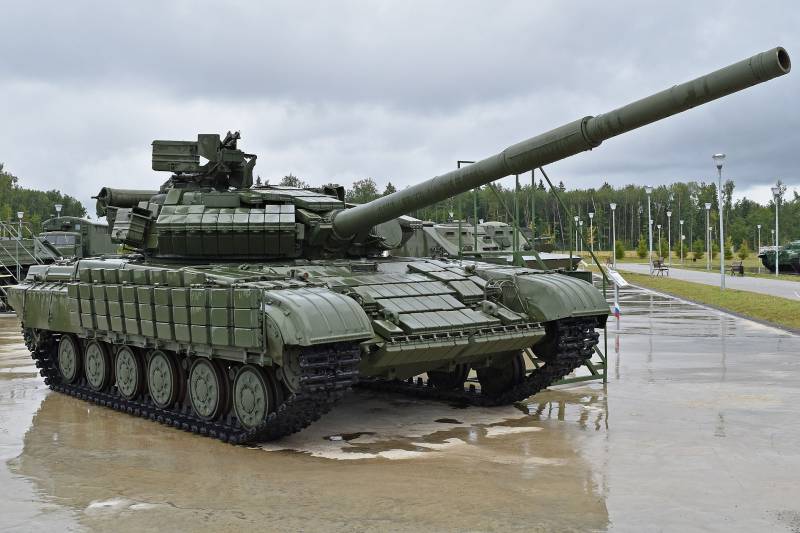
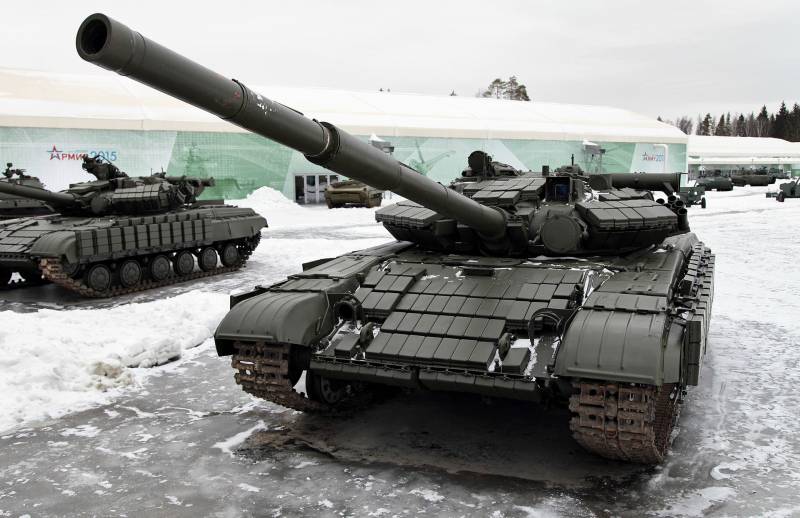
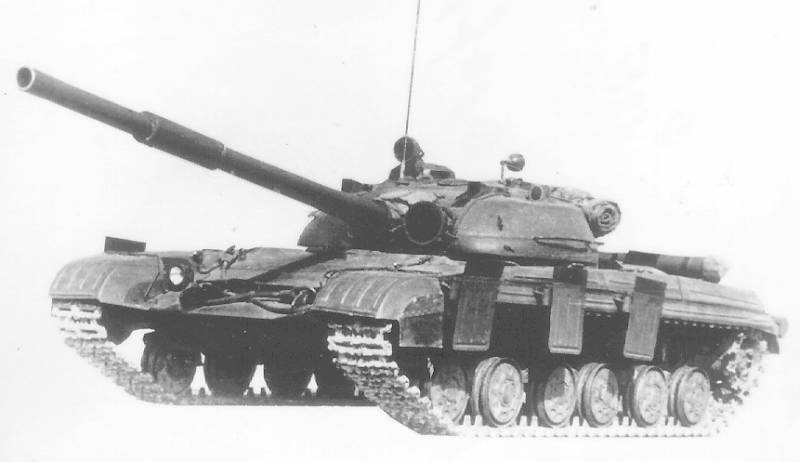

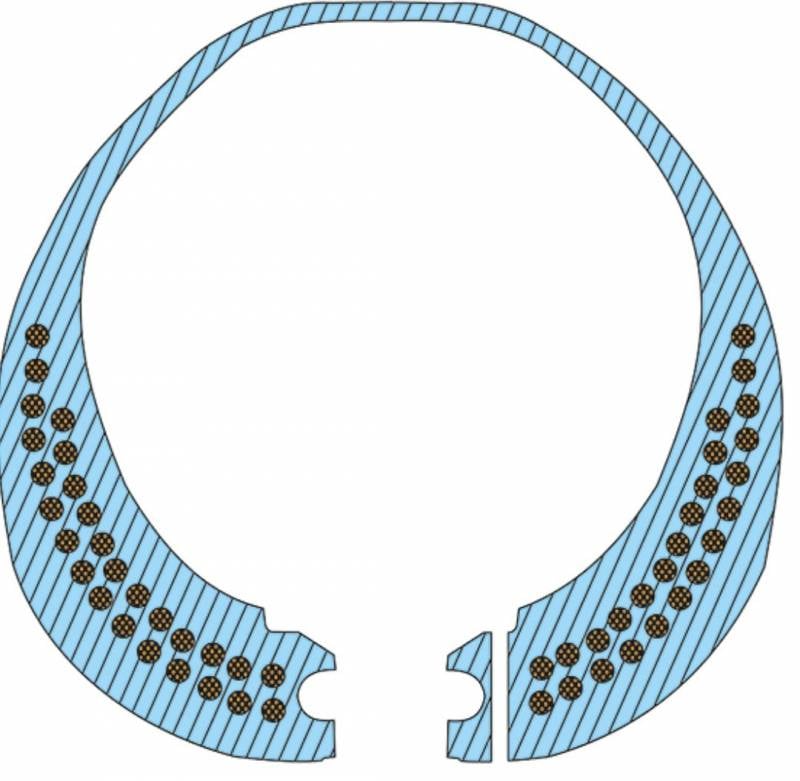
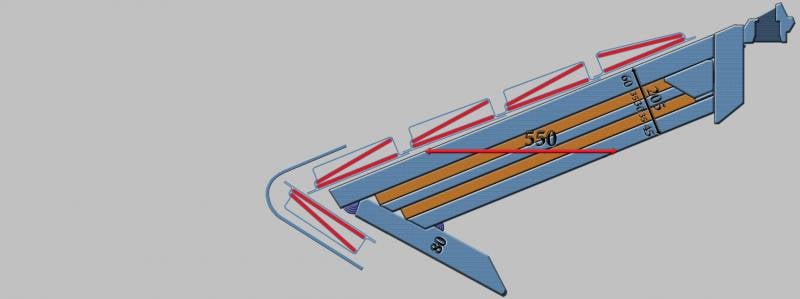

Information